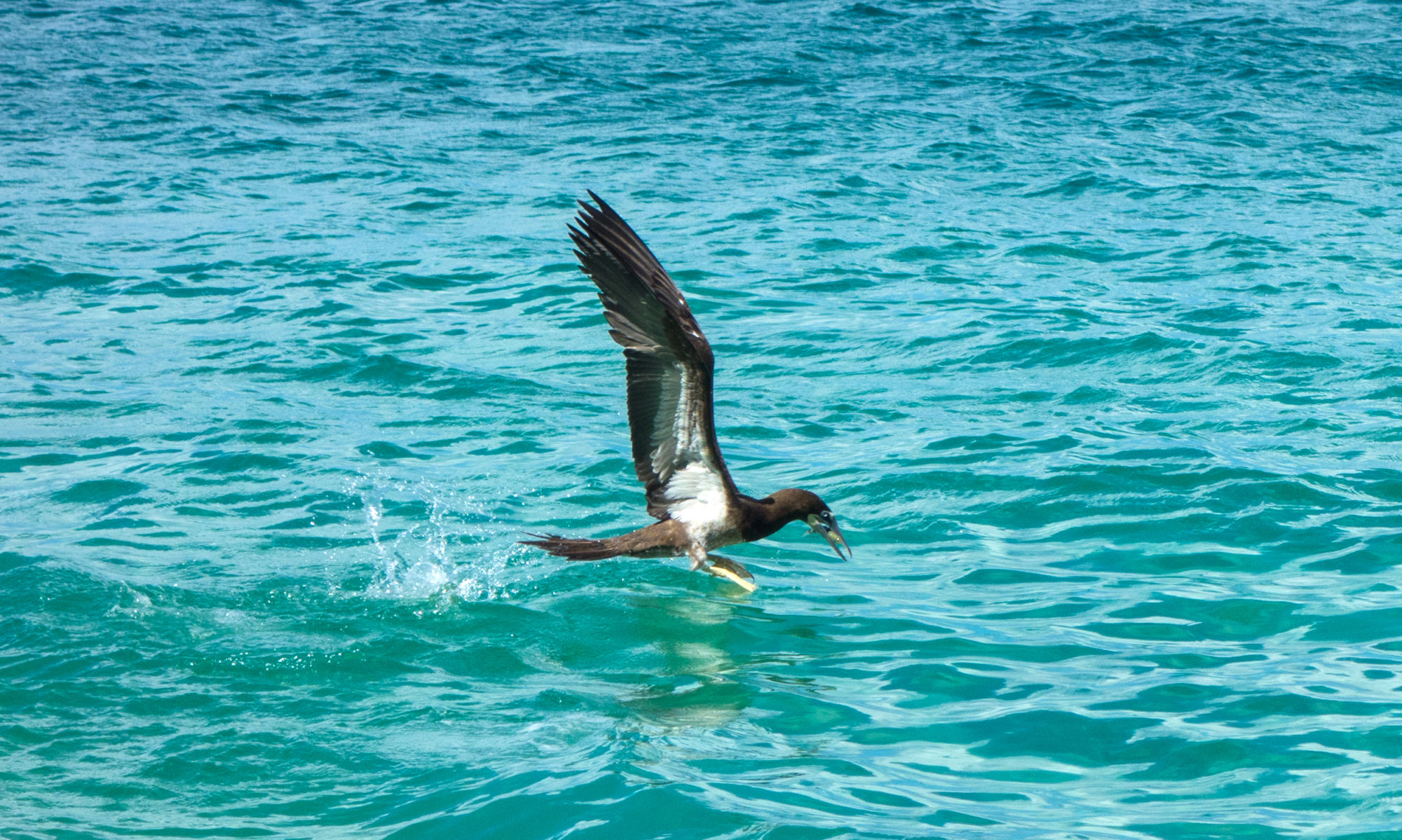They say that you learn by your mistakes, and I found that to be absolutely true when I opened a restaurant. I was not a chef by trade, not even a cook when we started the Pizzeria, and I made a lot of terrible food in those early days! I had to experiment constantly, and was at the mercy of the ingredients that were available locally. If I had known that I would be cooking for a living I would have studied something other than English and History at university, that’s for sure! I had to throw out a lot of failed experiments but that was all part of the learning curve.

Mac’s Pizzeria was a lucky venture, Mac and I were in the right place at the right time to open a restaurant. Mac’s lobster pizza was an instant hit and so was the fish pizza. We got loads of shrimp whenever the Guyanese boat was in port and that was popular on the pizzas too. Tourists as well as locals wanted seafood pizzas and we worked hard to keep ourselves well supplied in order to keep them happy.
One day Mac decided we were going to offer conch pizza. His conch MacNuggets were in high demand and were easy to make. Conch pizza? That was a different kettle of fish! My heart sank, I knew from experience that strips of raw conch would react to the oven’s high heat by turning tough and rubbery, and I told Mac it wouldn’t work. Conch wasn’t like fish, lobster or shrimp, and trying to make it edible on top of pizza wasn’t going to be possible.

Mac was determined, and a lot of cheese, crust, sauce and oven time were wasted as he tried to figure out a way to make his conch pizza. He had already promised a lot of customers that it would soon be on the menu and they were eagerly anticipating a taste. Mac figured if he sliced the conch paper-thin it would work as a topping and that’s what he tried first. Anyone who has ever dealt with conch knows that slicing it thinly requires a very sharp knife and a lot of time and patience! Anyway, the thinly sliced conch meat went on top of the pizza and was put to bake at 500 degrees. The heat from the ovens did more than make the conch grow tough and rubbery, it also left a pool of conch water in the middle of the pizza.

Mac then decided he had to grind the conch and for that he used a meat grinder. That was hard work too, it was a manual grinder and the holes kept getting clogged. He tried to soften the conch up with lime juice and that helped a bit, but trying to turn the handle to grind the raw meat took almost super-human strength. When Mac finally had a handful of ground conch we put it on a pizza and into the oven it went. The conch turned tough and rubbery and left a pool of conch water in the middle of the pizza.

Not to be deterred, Mac tried everything under the sun to make a conch pizza that could be served to customers. His friends, who had been eagerly tasting each experiment, proclaimed the pizzas delicious and I felt like hitting them! They were only making Mac think he had a success on his hands when it was anything but. No matter what he tried the end result left a pool of conch water in the middle of the pie, which of course made the crust soggy and the pizza inedible. Slicing, dicing, grinding, stewing, pressure-cooking, Mac tried them all, taking up counter space and precious oven space in his attempts to get it right.

Mac never succeeded. He SO wanted to add conch pizza to the menu that he suggested dabbing the water from the tops of the pies with paper towels. We had a lot of intense arguments about the conch pizzas, I refused to even contemplate selling such terrible food to our customers. In the end his friends confessed that the pizzas they had been so enthusiastic about had TASTED ok, but the conch was tough and rubbery and there was a pool of conch water in the middle of the pie. In other words, Mac’s friends finally told him the truth!



Try deasicating the ground conch fry lightly then see if that works
I am now happily retired, I will leave conch pizza to someone else!